A TRIP TO MY FAVORITE VIOLIN SHOP
I suspected there was something wrong with my cello, and was excited to visit my favorite violin shop since it had been over a year since I last visited. Anyway, I was trying out a new tailpiece, but when I switched out the tailpiece to the original, another local violin shop didn't set it up exactly like before. Unfortunately, I wasn't able to go to my favorite luthier the first time because he was unavailable so I had to go to two different shops in town to get the tailpieces switched out. Long story longer, when I finally switched back to my original tailpiece I had a very sad muffled sounding cello! So I had made an appointment to do a "quick adjustment" to try to get the sound back to where it was, and discovered that a quick fix wasn't going to happen.
There are two issues creating the muffled sound with my cello. First, I have a kevlar tailcord, which can only be removed by cutting it off. Therefore, the length of the cord was shortened when I switched it back to the original tailpiece. There is a specific length determined by each cello to allow the tailpiece, bridge, strings, etc. to vibrate more freely. Surprisingly, the cord length on my cello makes a very noticeable difference in sound. My cello happens to need a longer cord and cutting the cord shorter made it sound muffled.
Note to self: don't tryout any more tailpieces! ...although trying cello accessories is fun!! ;)
My current tailpiece is a ebony Les Bois D'Harmonie tailpiece & kevlar tailcord, which is a great setup, so I seriously need to stop messing with the setup, especially since I know it works well with my cello.
Secondly, which is the major issue and none of the shops fault, my fingerboard has dropped more than 1mm which means the action on the strings is very high. There is also a scoop in the fingerboard, which is closer to the nut (ironically in the first position area!), which is making it more difficult to play notes.
I had also recently noticed that I kept bumping into my other strings, which I do sometimes, but now much more frequently with the heightened strings! :) ...hmmm...maybe that's why my 4th position was feeling so terrible!
Anyway, I have to setup another appointment in a few weeks to get the string height fixed since my luthier is swamped for the next couple of weeks.
-----------------
LESSON NOTES
This lesson was a COMPLETE disaster - I couldn't find a note to save my life! Which is really weird because I actually practiced every day up to the lesson. It sucks when that happens!
For most of the lesson we worked on the Gmaj scale and intonation. Although I normally like working on intonation, it was really frustrating to work on it during this lesson. I was totally lost and fishing for notes (i.e. sliding my fingers around to find a note), and just couldn't find anything.
Anyway, Adam assigned 20min daily exercise on the Gmaj scale with a drone and tuner, and so far I've kept to it, although I haven't worked on any of the other pieces that were assigned.
I also couldn't play Long Long Ago and Allegro during the lesson either, which I've played in the past and have the videos to prove it! :) But I couldn't get the notes and rhythm correct either. ...argh... I'm in a big cello funk! :( Also, probably because I changed my hand shape again...
Very short lesson notes since we primarily worked on basics and intonation. I guess it was just one of those days too.
Fall 2013: Lesson #3
-------------
A very short entry, and I'm feeling pretty crappy about my terrible lesson, so I'm posting some "happy cute stuff" to make me feel better because I can! Ha! ;)
Here's a repost of Musical Notation According to Cats by Trumpet Angst in the order I think is the cutest and with some of my comments in green. ;)
MUSICAL NOTATION ACCORDING TO CATS:
 |
| My cats will get bonked on the head several times before figuring out they need to move out of the way! Lol! :) |

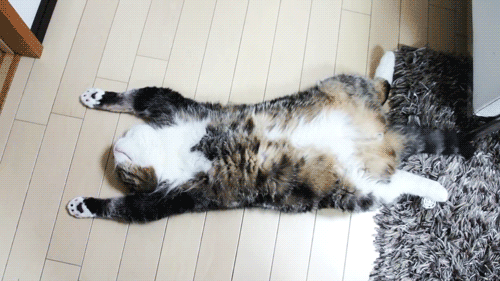 |
| Rub my tummy? |

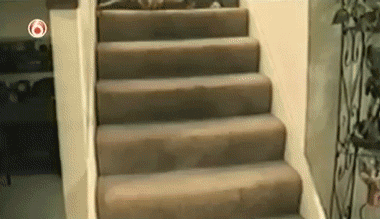 |
| I'm pretty sure this is going to happen to Cello Kat sooner or later - he's not a very sure-footed cat! Always land on all fours you say?? ;) |

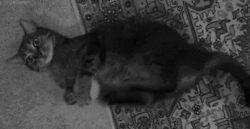 |
| ...too...much...CATNIP! ....kick, kick, kick, kick... |
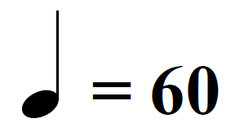
 |
| whatcha lookin' at? ....just hanging out... perfectly normal I tell you! |
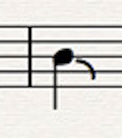
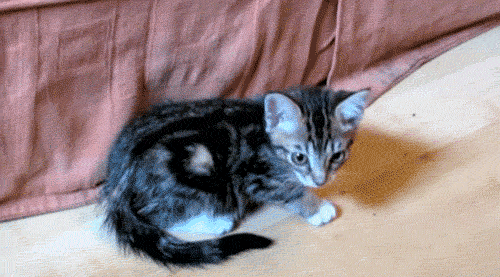 |
| Oops, forgot how to walk! Kittens are so silly! |





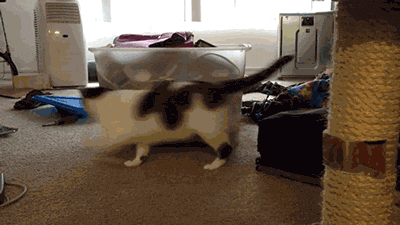

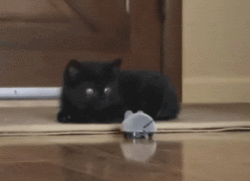
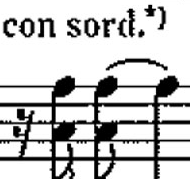
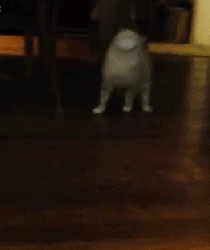
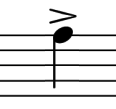


 |
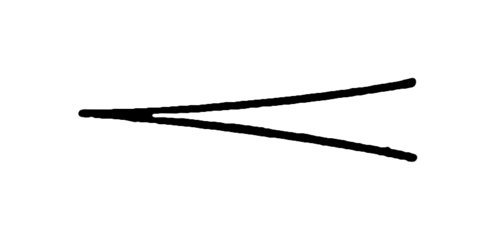
 |
| Aaaarghhh - cats on their hind legs freak me out!! That's just... freaky weird/scary!! |
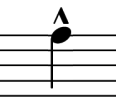
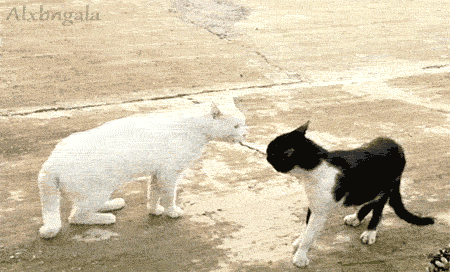

I had no idea a fingerboard could drop like that! I wonder what causes it... Pressure? Settling? Being physically worn down by the strings (1st position scoop)? I'm probably a total geek, but I find it fascinating. As for the tailpiece, is it possible either the bridge or the sound post shifted when the old one was taken off? Even a small shift could cause a big redistribution of the frequency response, making it warmer, brighter, muffled, or more resonant.
ReplyDeleteAs for the bad ear day... Yeah, it happens to everyone, and it feels like a total betrayal of the body. I don't think its necessarily a problem with the practice routine though. This type of hearing requires cooperation of higher order brain regions, which is why the cello is such a good mental workout! ...unfortunately, it also means any distractions however minor will degrade it with noise, which is why playing in tune with an audience is so much harder! Any little thing can set it off: lack of sleep, a sugar coma, a rough day, or even sneaky sinus congestion putting pressure on your ears. I try to shake out the cobwebs with a 30-60 min warm up before each lesson, and gently blow my nose during allergy season. It really helps. I've also noticed that the more total hours I've logged, the shorter the warm up period, and the less frequently my intonation gets completely decoupled.
Btw, I know some cat lovers who are going to die from cute overload when they see this post ;) just brilliant!
I totally love learning about the cello and geeking about that kind of stuff! It's the reason why I enjoy visiting the shop so much because the violin maker likes to geek about that sort of thing! ;) I always learn something about the cello. He'll also does measurements on my cello and tells me what they all mean! I've discovered from past visits that my f-holes aren't precisely aligned correctly, which is why my bridge isn't perfectly "straight." I have to tell people this before they start messing with my bridge, but he put a dot on each side so I align it correctly each time.
DeleteApparently, it is part of the cello settling and is the nature of the cello. The fingerboard dropping occurs most frequently when moving from a humid climate to a dry climate. And since the cello and all its accouterments are under tension 24/7 and wood expands and contracts, it is likely to do that sort of thing.
In my case, the likely culprit is because my cello was "brand new" and finally decided to settle after 1.5 years in this dry climate. I swear my next cello will be a nice USED one! It's a Chinese cello so it's to be expected, but I was told it can occur in a longer or shorter time frame - it just depends on our finicky cellos. :) I was feeling really lucky that my cello seemed to acclimate really well, but I guess it was just a matter of time.
We did check the bridge and soundpost as well. With the bridge he had put the small dots to help keep things aligned, but we also made sure that the bridge was straight and not bending towards either side. As for the soundpost, since he set it last time too, he had also marked it to show where it was and it seemed fine. Although he did explain the "sweet spot" of where the soundpost should be in relationship to the bridge. I believe the measurements can be found in a violin maker's book or something, but he explained that the foot of the bridge needs to hang a certain amount over the soundpost; and then there's adjusting it like you mentioned.
I was told that all fingerboards have a slight scoop (a very slight hallowing) in the fingerboard to help strings vibrate and to access other strings more easily or something. Since ebony is more resilient than wood, it creates some interesting issues if one shrinks or expands faster than the other. So in my case, the scoop seemed to get deeper while the strings got higher - not a good combination...
It's funny, but I've noticed the shorter warmup periods for myself too, but I've been trying to avoid shorter warmups because I think I just may be getting lackadaisical about my practicing, or I'm not focusing on the correct aspects to make it worthwhile? ...dunno.. yeah, I have very bad intonation when playing in front of people!